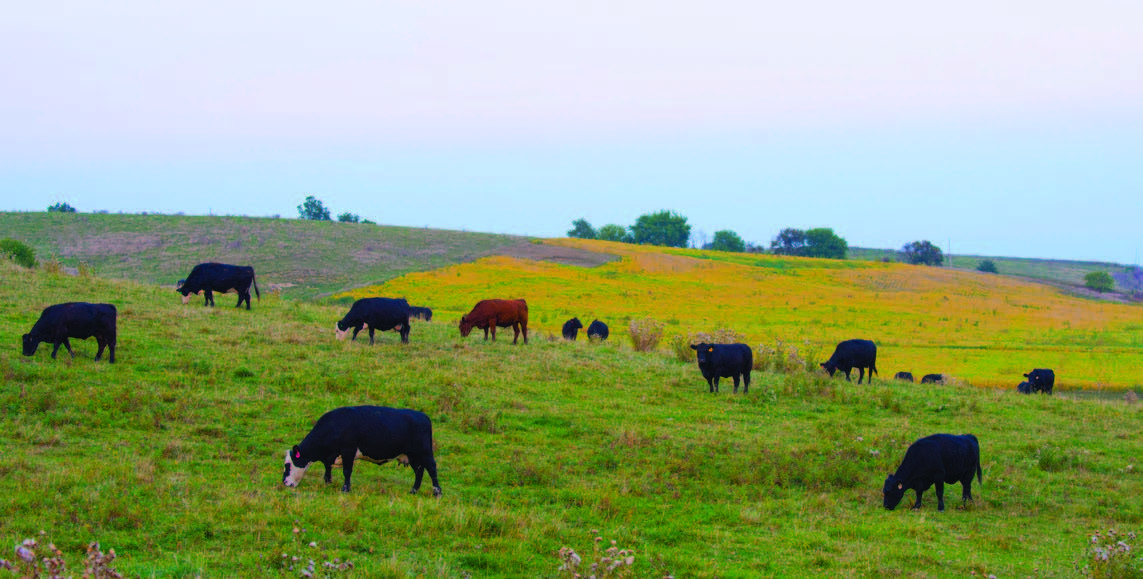Elevate Your Know-how with Bagley Risk Management
Wiki Article
The Advantages of Animals Threat Defense (LRP) Insurance Coverage Explained
Livestock Risk Defense (LRP) insurance policy offers as an important tool for livestock manufacturers browsing the unforeseeable terrain of market variations and unpredicted losses. The real worth and ins and outs of this insurance coverage tool go far beyond mere protection-- they symbolize an aggressive strategy that can redefine the landscape for livestock producers.Financial Defense Against Market Volatility

LRP insurance policy gives producers with a useful tool to handle price threat, using coverage that can assist counter prospective losses resulting from adverse market motions. In significance, LRP insurance offers as a proactive danger administration strategy that encourages livestock producers to navigate the challenges of a dynamic market landscape with higher confidence and protection.
Protection for Unforeseen Losses
Livestock Risk Security (LRP) insurance coverage offers comprehensive protection to secure livestock manufacturers versus unanticipated losses in the unpredictable market landscape. This insurance policy supplies security in cases where unforeseen events such as disease break outs, all-natural catastrophes, or substantial market value fluctuations can bring about monetary challenges for animals producers. By having LRP insurance coverage, producers can reduce the threats connected with these unforeseen circumstances and ensure a level of economic security for their operations.
Among the vital benefits of LRP insurance coverage is that it enables manufacturers to customize their protection based on their certain demands and run the risk of resistance. This flexibility enables producers to customize their plans to secure versus the kinds of losses that are most relevant to their procedures. Additionally, LRP insurance coverage provides a simple cases process, helping producers quickly recover from unforeseen losses and resume their operations without substantial disruptions.
Risk Management for Livestock Producers

One trick facet of risk monitoring for animals producers is diversification. By diversifying their animals profile, producers can spread out danger across different species or types, reducing the impact of a prospective loss in any kind of single location. In addition, preserving comprehensive and accurate documents can help manufacturers recognize patterns, patterns, and potential areas of risk within their operations.
Insurance products like Livestock Risk Defense (LRP) can also play a critical function in risk administration. LRP insurance offers manufacturers with a safeguard versus unforeseen rate declines, providing them comfort and monetary security in times of market instability. Generally, a thorough threat monitoring method that incorporates diversity, insurance coverage, and record-keeping can aid animals producers effectively navigate the obstacles of the sector.
Tailored Policies to Suit Your Needs
Customizing insurance plan to align with the details needs and circumstances of livestock producers is extremely important in ensuring extensive risk monitoring techniques (Bagley Risk Management). Animals manufacturers encounter a myriad of obstacles one-of-a-kind to their market, such as fluctuating market value, unpredictable climate patterns, and pet health concerns. To address these dangers effectively, insurance coverage companies offer customized policies that cater to the varied needs of animals manufacturersOne key element of customized livestock insurance plan is the capability to tailor protection limits based on the dimension of the procedure and the kinds of animals being elevated. This flexibility ensures that producers are not over-insured or under-insured, permitting them to safeguard their properties properly without paying for unnecessary insurance coverage.
In addition, tailored policies may additionally include particular stipulations for different sorts of livestock procedures, such as dairy products farms, cattle ranches, or chicken producers. By tailoring insurance coverage to fit the unique attributes of each operation, insurance coverage service providers can offer thorough protection that deals with the details risks encountered by various click here for info kinds of livestock manufacturers. Ultimately, selecting a tailored insurance plan can give assurance and economic safety for livestock manufacturers when faced with unforeseen difficulties.
Government-Subsidized Insurance Coverage Options
In taking into consideration danger administration techniques customized to the certain needs of animals producers, it is essential to discover the Government-subsidized insurance coverage options offered to mitigate economic uncertainties effectively. Government-subsidized insurance alternatives play an important duty in offering economical danger administration devices for animals manufacturers.One famous example of a government-subsidized insurance policy alternative is the Livestock Risk Security (LRP) program, which offers protection against a decrease in market value. With LRP, manufacturers can insure their livestock at a details protection degree, hence guaranteeing a minimal rate for their animals at the end of the insurance coverage duration. By leveraging these subsidized insurance policy options, livestock manufacturers can boost their financial safety and security, inevitably adding to the durability of the farming field as a whole.
Conclusion

In conclusion, Animals Threat Security (LRP) insurance coverage uses monetary protection against market volatility and unexpected losses for animals manufacturers. It functions as an important risk monitoring device, with tailored policies to match private requirements. Government-subsidized insurance coverage options better boost the availability and cost of LRP insurance for producers. Consider LRP insurance coverage as a calculated investment to protect your animals procedure against possible dangers and uncertainties in the market.
Livestock Threat Protection (LRP) insurance policy offers as a vital tool for livestock manufacturers navigating the uncertain terrain of market variations and unforeseen losses.In today's uncertain market environment, livestock manufacturers can benefit considerably from safeguarding financial security versus market volatility with Animals Risk Defense (LRP) insurance. In essence, LRP insurance policy offers as a proactive danger monitoring strategy that equips animals manufacturers to browse the challenges of a dynamic market landscape with higher self-confidence and hop over to these guys protection.
Livestock Danger Defense (LRP) insurance policy uses extensive insurance coverage to safeguard animals manufacturers against unanticipated visit this site right here losses in the unpredictable market landscape.In conclusion, Livestock Risk Security (LRP) insurance coverage supplies economic defense versus market volatility and unpredicted losses for livestock manufacturers.
Report this wiki page